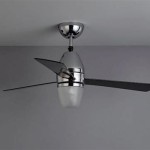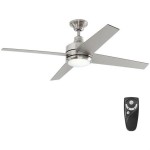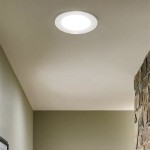Indirect Ceiling Light Fixtures: A Guide to Essential Aspects
Indirect ceiling light fixtures illuminate a space by bouncing light off surfaces, creating a diffused and ambient glow that is both inviting and practical. Understanding their key aspects can help you make informed decisions for your lighting needs.
Types of Indirect Ceiling Light Fixtures
Cove Lighting: Concealed behind a recessed channel, cove lighting casts light upward onto the ceiling, creating a seamless and diffused glow.
Valance Lighting: Installed behind a decorative molding or soffit, valance lighting provides indirect illumination while adding an architectural element to the room.
Slot Lighting: Narrow and recessed, slot lighting emits light through thin slots, creating a sleek and linear effect that can accentuate specific areas.
Uplighting: Freestanding or recessed fixtures that direct light upward, uplighting creates dramatic effects by highlighting walls, artwork, or architectural features.
Benefits of Indirect Ceiling Light Fixtures
Uniform Illumination: Indirect lighting eliminates harsh shadows and provides even illumination throughout a space, reducing eye strain and creating a relaxing atmosphere.
Ambient Glow: The diffused light produced by indirect fixtures creates a warm and welcoming ambiance, making them ideal for living rooms, bedrooms, and restaurants.
Architectural Enhancement: Indirect lighting can accentuate architectural details, making ceilings appear taller and spaces feel more spacious.
Considerations for Choosing Indirect Ceiling Light Fixtures
Room Size: Larger rooms require more light sources and higher fixture wattage to ensure adequate illumination.
Ceiling Height: Higher ceilings require fixtures with higher mounting heights to ensure proper light distribution.
Light Output: Choose fixtures with appropriate wattage and lumen output to meet the required brightness level.
Dimming Capabilities: Dimmable fixtures allow you to adjust the light intensity to create different moods and ambiance.
Applications of Indirect Ceiling Light Fixtures
Residential: Indirect lighting creates a comfortable and inviting atmosphere in living rooms, bedrooms, and home theaters.
Commercial: Offices, retail stores, and restaurants often utilize indirect lighting to reduce glare, enhance product displays, and create a welcoming ambiance.
Architectural: Indirect lighting can accentuate architectural features in museums, galleries, and historical buildings.
Conclusion
Indirect ceiling light fixtures provide diffused and ambient illumination, creating a comfortable and visually appealing atmosphere. By understanding the different types, benefits, and considerations involved, you can choose the ideal indirect lighting solutions to enhance the ambiance and functionality of your spaces.

Indirect Lighting Ideas To Transform Your Home Tisva

What Is Indirect Lighting Portal

Ceiling Light Beech 20 X Cm With Indirect Lighting Hong Kong

Ceiling Lamp Indirect Lighting Separately Dimmable Smarthome

Indirect Led Lighting Ceiling

The Advantages Of Contemporary Indirect Lighting Coving For Residential And Commercial Environments V Cut

White And Gold Flush Ceiling Light With Indirect Distribution

Indirect Lighting Is An Excellent Way To Create A Calm Atmosphere

6 Ways To Enhance Interiors With Indirect Lighting Techniques Plan N Design

Indirect Lighting Mood And Wall Ceiling Uplighting House Martin
Related Posts








